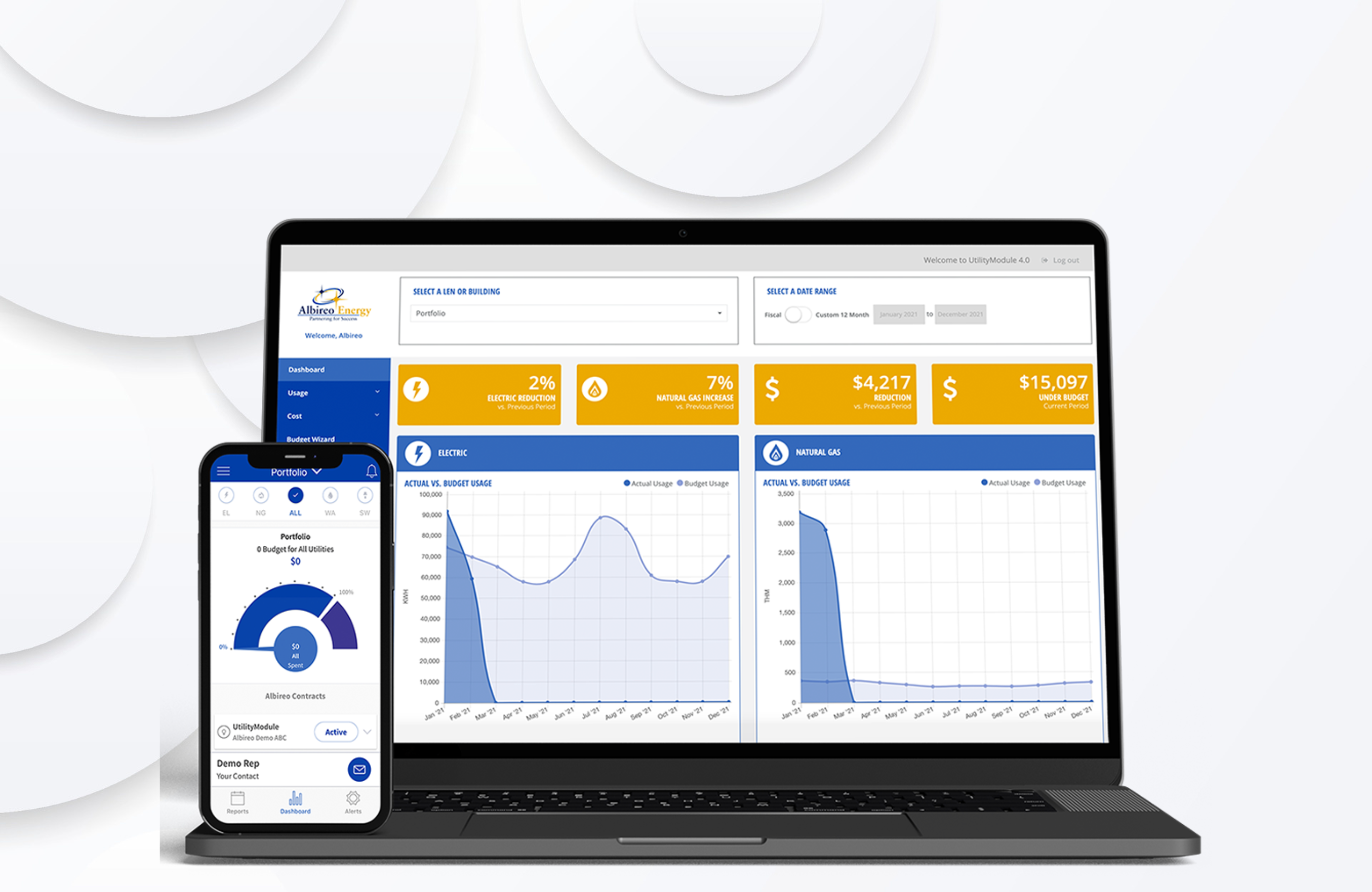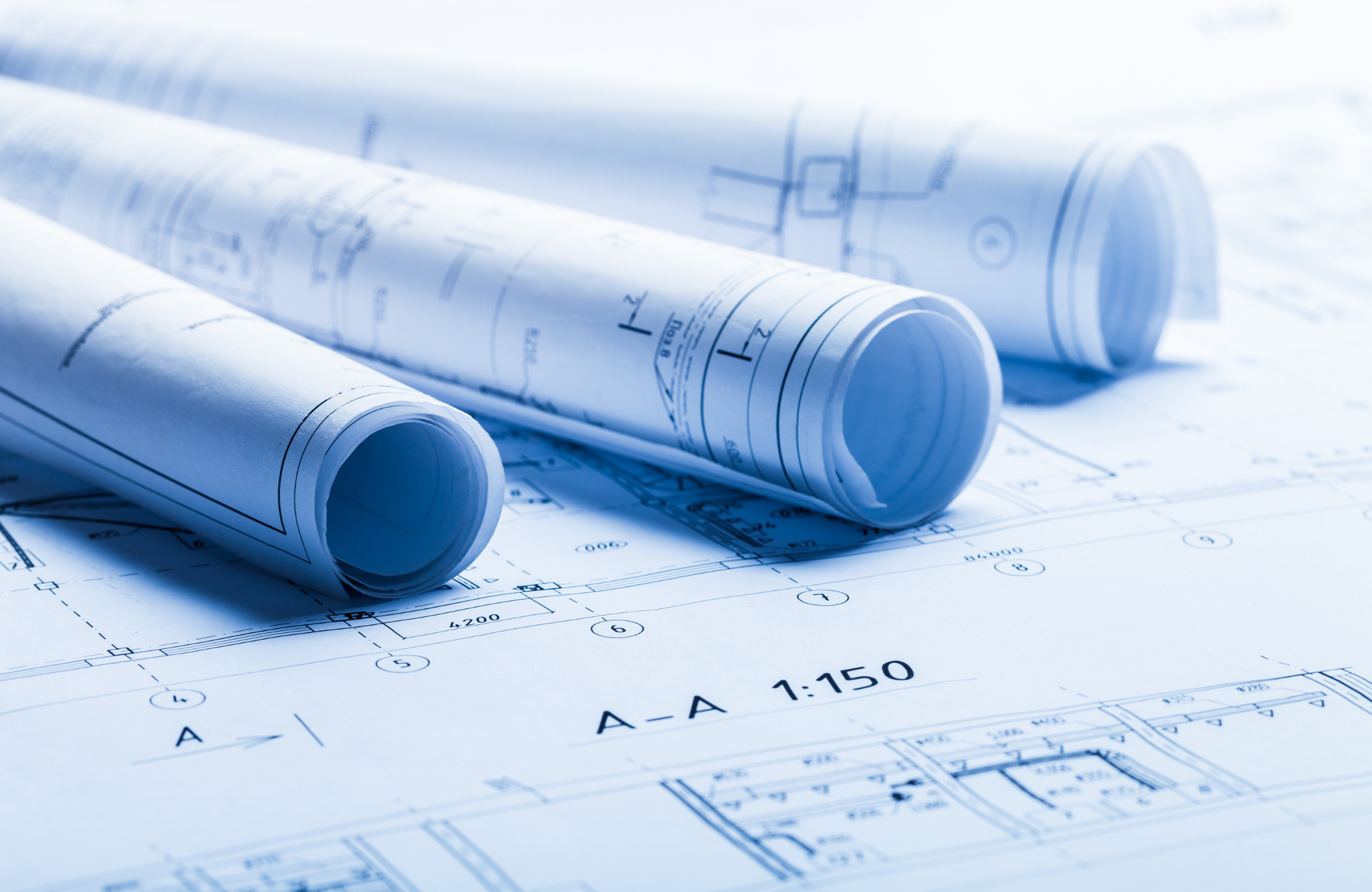A couple of weeks ago, started a series on debunking technology myths in data centers with the idea a single pane of glass solution is all you need to run your technology most efficiently. Two weeks ago, we took a look at why one size does not fit all. And, last week, we dispelled the myth that you don’t need both DCIM and BAS.
Today we look at what happens once the system is in place: is your job finished…or just beginning?
Data centers are the backbone of our digital world, and their importance cannot be overstated. These facilities house the critical IT infrastructure that powers everything from social media to online banking to cloud computing.
As such, ensuring that these systems are running efficiently and reliably is of utmost importance. This is why data center operators often invest heavily in new systems and technologies that promise to deliver improved performance, reliability, and energy efficiency.
However, the implementation of a new system is just the beginning of a long and ongoing journey towards maintaining a high-performing and sustainable digital infrastructure.
Contrary to popular belief, the implementation of a new system does not mean the work is done. In fact, it is just the beginning of a continuous process of monitoring, management, and optimization that is essential for maintaining a high-performing and sustainable digital infrastructure. This ongoing journey is critical for ensuring that data centers continue to thrive and foster an environment of innovation and adaptability.
“Future maintenance and planned upgrades conceptualized early on can further ‘harden’ reliability and reduction of operation costs down the road,” says Dragan Marjanovic, one of the building automation system experts at Albireo. “Maintaining and analyzing data center operations continuously, in combination with future technology market trends, can help create an operational strategy that pays big dividends.”
The Data Center Myth That It’s In so We Are Done
Continuous monitoring of the data center infrastructure is essential for identifying potential issues before they become major problems. By constantly analyzing performance metrics, data center operators can identify areas where efficiency can be improved, whether it be in terms of power consumption, cooling, or equipment utilization. This proactive approach allows data center operators to stay ahead of potential problems and take corrective action before they cause any significant downtime or impact system performance.
In addition to monitoring, data center operators must also focus on the ongoing management of their infrastructure. This includes tasks such as software updates, security patches, and hardware maintenance. These tasks may seem mundane, but they are critical for ensuring that the data center infrastructure remains secure, up-to-date, and operating at optimal levels of efficiency and performance.
It’s important to continually optimize the data center infrastructure to ensure that it meets the evolving needs of the business. This may involve upgrading equipment, changing configurations, or implementing new technologies. By continually optimizing the infrastructure, data center operators can ensure that their facilities remain competitive, efficient, and agile in the face of rapid technological change.
Energy Efficiencies Are Found With Continuous Monitoring
Another key aspect of maintaining a high-performing and sustainable digital infrastructure is to focus on energy efficiency. Data centers are notorious for their high energy consumption, and as such, energy efficiency has become a top priority for data center operators. By implementing energy-efficient technologies and practices, data center operators can reduce their carbon footprint and save on energy costs.
One way to achieve energy efficiency is through the use of automation and smart systems. These technologies can help data center operators manage power usage, cooling, and equipment utilization in real-time, allowing for greater control over energy consumption.
Additionally, by implementing a comprehensive energy management strategy, data center operators can identify areas where energy usage can be reduced and take corrective action.
The importance of ongoing monitoring, management, and optimization cannot be overstated.
Data center infrastructure is constantly evolving, and as such, it is critical that data center operators remain agile and adaptable. By focusing on these key areas, data center operators can ensure that their facilities remain at the cutting edge of technology, providing the performance, reliability, and efficiency that businesses require.
The implementation of a new system in a data center is just the beginning of a long and ongoing journey towards maintaining a high-performing and sustainable digital infrastructure. Continuous monitoring, management, and optimization are essential for identifying potential issues, ensuring that the infrastructure remains up-to-date and secure, and achieving energy efficiency.
Check back next week when we look at another data center myth: data centers are sprawling facilities with high upfront costs.
And, if you’d like to learn more about data center myths, download our white paper, “Debunking the Myths Around Data Center Technologies: A Reality Check for the Digital Age.”







